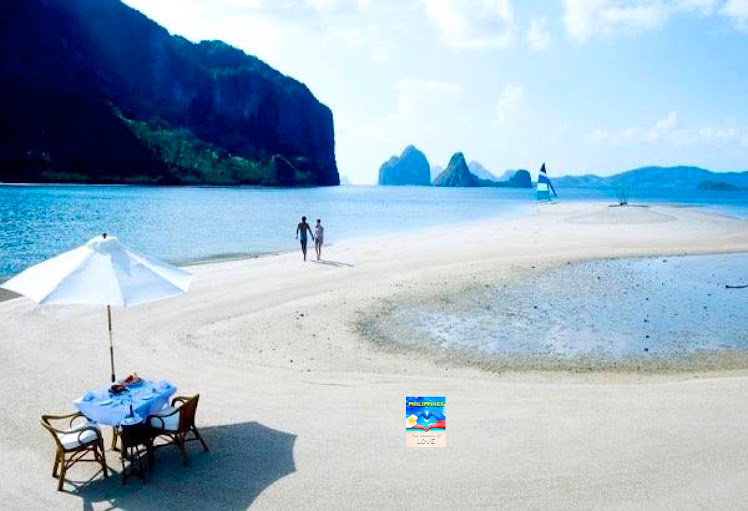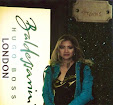Filipino Cuisine is composed of the cuisines of 144 distinct ethno-linguistic groups found within the Philippine archipelago, however, majority of mainstream Filipino dishes that compose Filipino cuisine are from the cuisines of the Bikol, Chabakano, Hiligaynon, Ilokano, Kapampangan, Maranaw, Pangasinan, Cebuano (or Bisaya), Tagalog, and Waray ethno-linguistic tribes. The style of cooking and the food associated with it have evolved over many centuries shared with Malaysian and Indonesian cuisines to a mixed cuisine of Indian, Arab, Chinese, Spanish, and American influences, in line with the major waves of influence that had enriched the cultures of the archipelago, as well as others adapted to indigenous ingredients and the local palate.
 |
| Manobo Tribe served some authentic Filipino cuisine with shrimp, fish and chicken as the main ingredients cooked in bamboo tubes. |
 |
| Filipina |
 |
| Filipino Feast |



























































